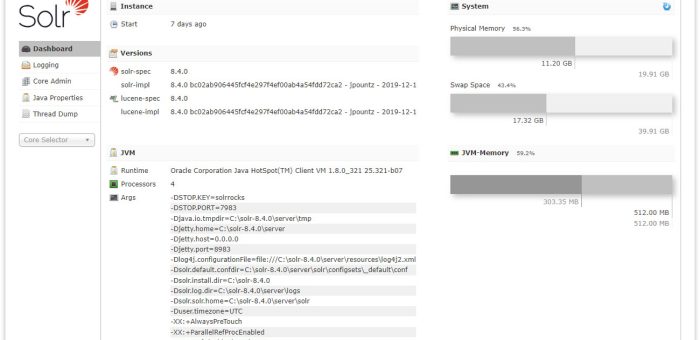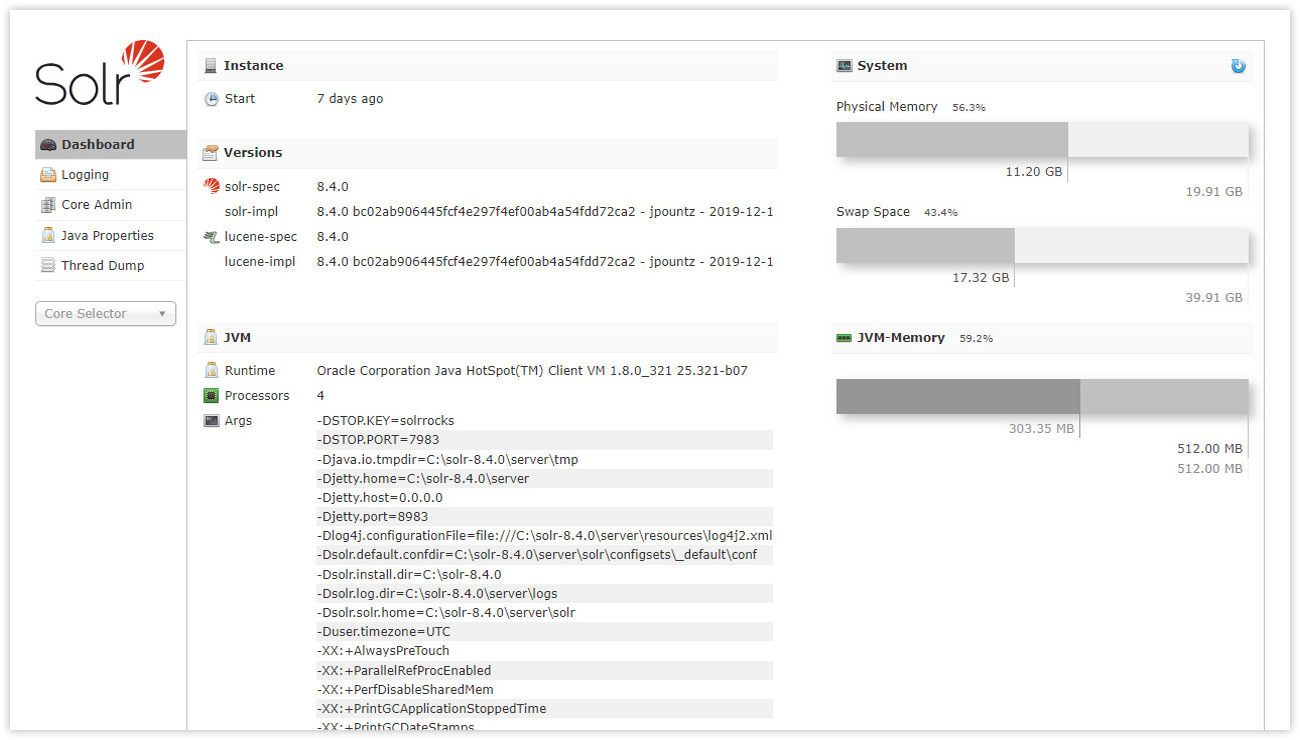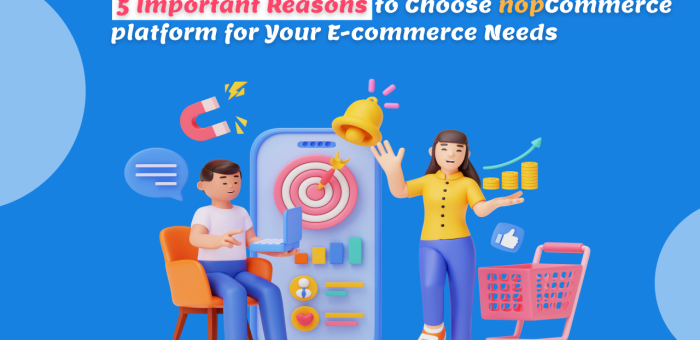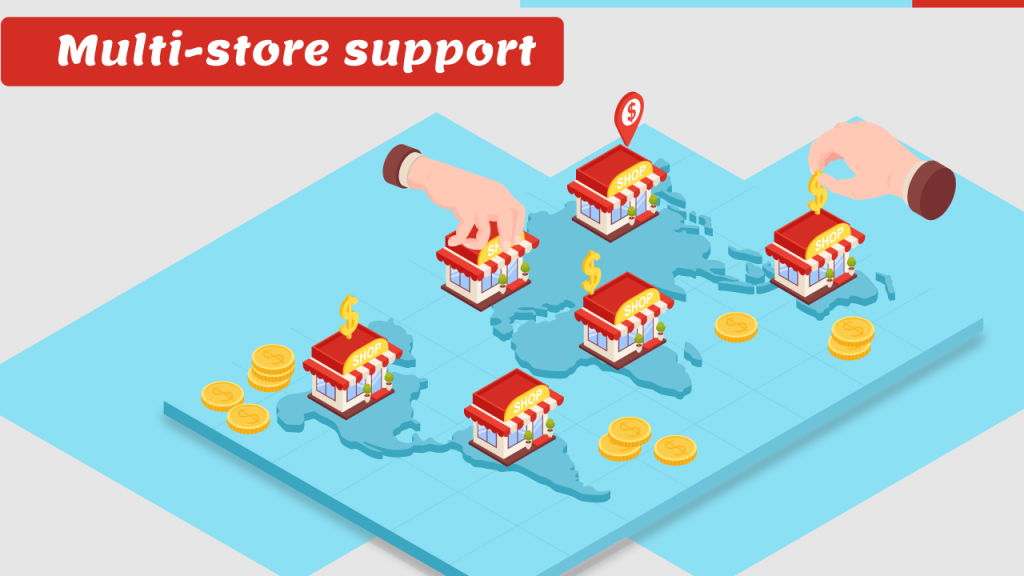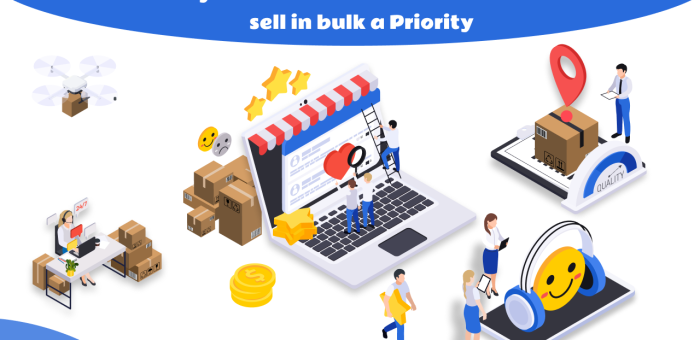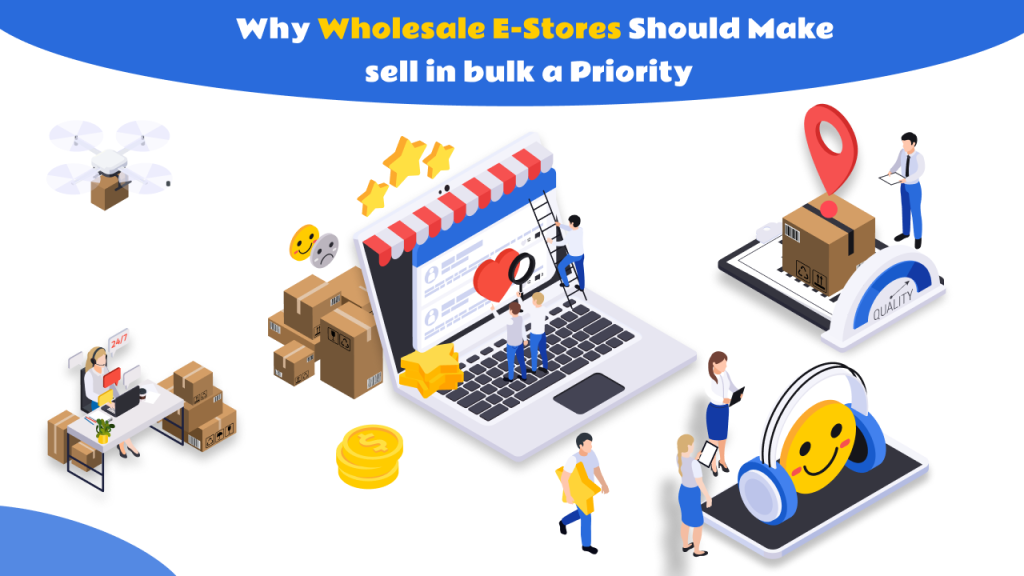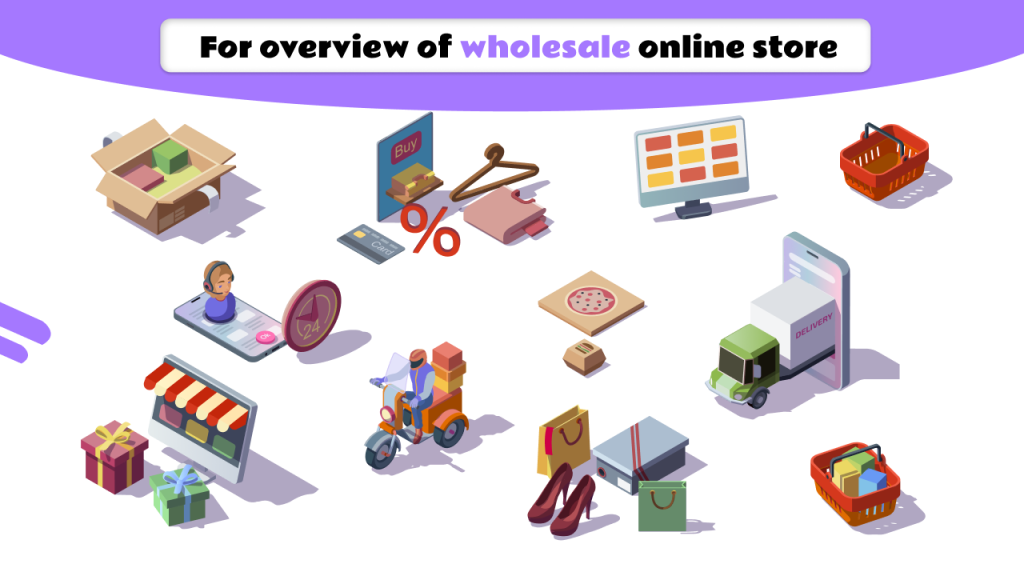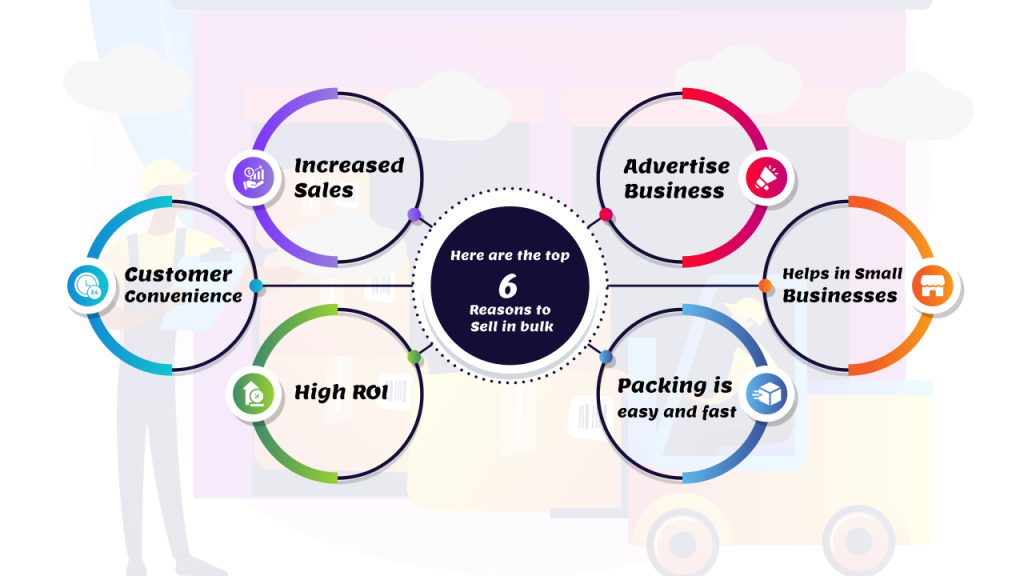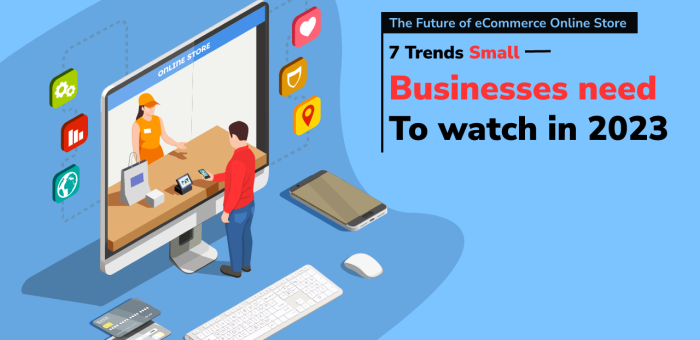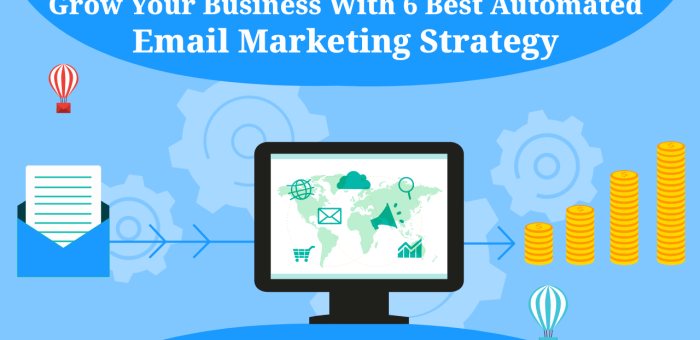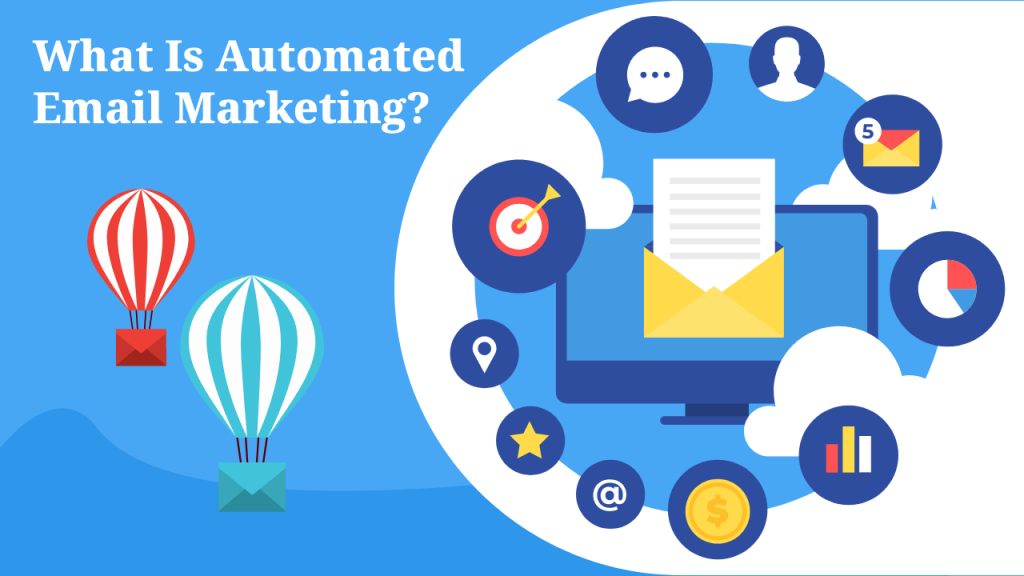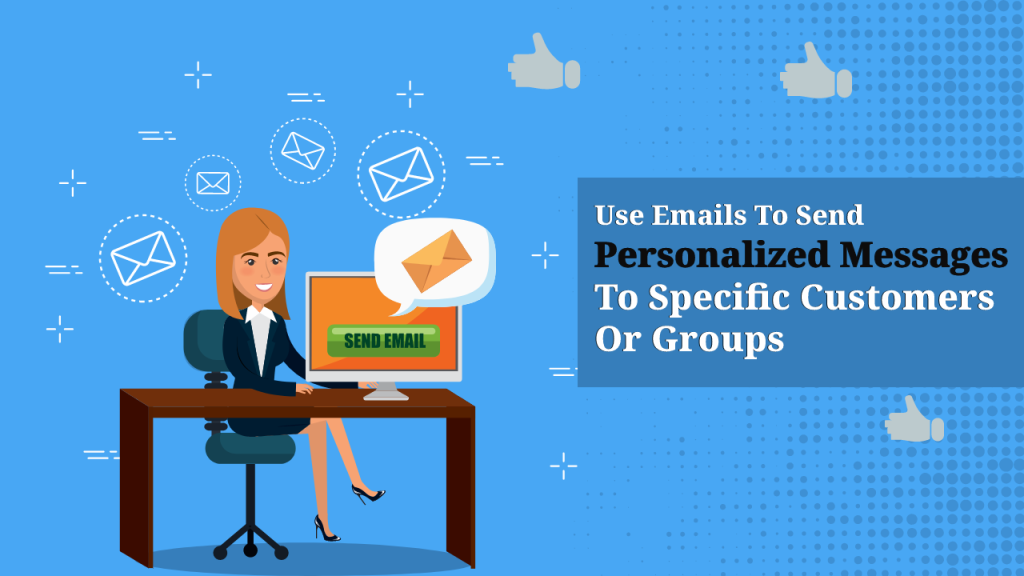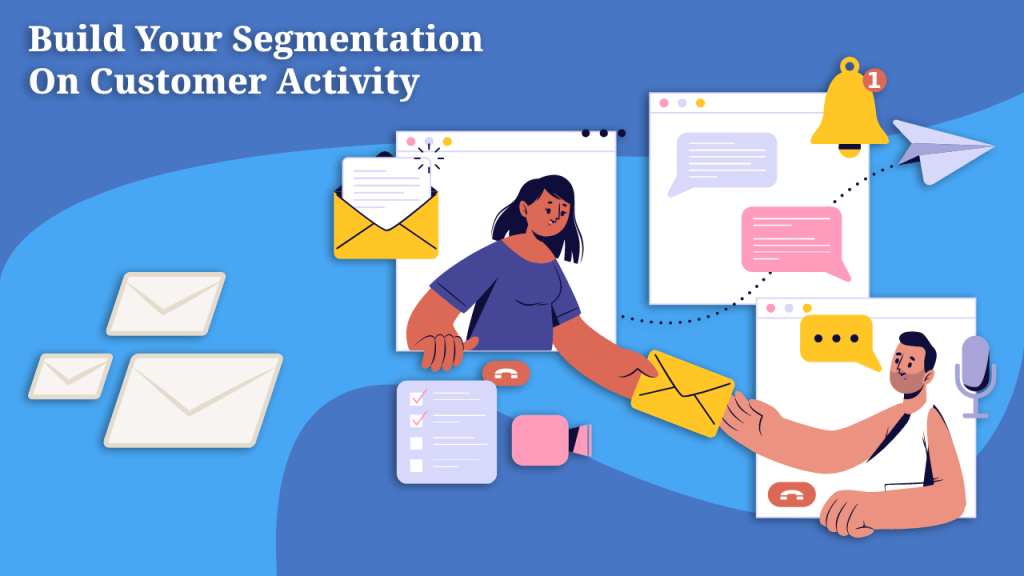Did you know?
At a CAGR of 6.5%, the retail and wholesale market is anticipated to reach $99,195.76 billion in 2027.
https://www.thebusinessresearchcompany.com/report/retail-and-wholesale-global-market-report
Wholesale online stores have gained immense popularity in recent years. Selling products in bulk is a crucial factor contributing to these stores’ success. They offer their customers the convenience of buying large quantities at discounted rates. Not only does this help the customers, but it also helps the Business.
Well, are you also a wholesaler and have an ecommerce platform? If yes, then great!
Please read this blog because we discussed 6 top reasons wholesale suppliers should sell in bulk here. This content may be helpful for you and your business, indeed!
Continue reading…
Overview of wholesale online store
A wholesale online store is an e-commerce platform that sells goods in bulk quantities to retailers or other businesses at a discounted price. Wholesale stores that sell in bulk (products) include clothing, electronics, and groceries. They typically require customers to have a valid business license or resale certificate to purchase from them.
They may also offer various services, including drop shipping, private labeling, and customization. Wholesale online stores are often used by small business owners or re-sellers who buy products in bulk and then sell them in smaller quantities to end customers. Some examples of wholesale online stores include Alibaba, DHgate, and Wholesale Central.
Some of the best things to buy and sell in bulk include non-perishable food items, toiletries, cleaning supplies, office supplies, and pet food. These are products that customers use regularly and are likely to purchase in large quantities.
Here are the top 6 Reasons to sell in bulk
The choice to sell goods in bulk can significantly affect how well your Business does. Whether you operate a small or big company, there are many ways that bulk sales may help your bottom line.
1. Increased Sales
One of the best things about selling in bulk is that it can help you make more money. When people buy things in large quantities, they often end up spending more money than if they had bought each item separately. Customers want to get a good deal and save money, so when items are sold in bulk, they are more likely to buy more of them. Also, selling in bulk makes customers stock up on goods they use often.
For example, if you sell a product for $10 per unit and offer a bulk discount for customers who purchase 10 units, you can still make a profit while giving your customers a deal. This can lead to increased sales and revenues.
2. Customer Convenience
With bulk purchasing, customers can save time by ordering a large number of items at once instead of placing multiple orders for smaller quantities. This can benefit enterprises that need to purchase large quantities of products regularly, allowing them to manage their inventory and reduce the time spent on reordering.
Buying in bulk can also lead to cost savings for customers, as wholesale prices are typically lower than retail prices. This means that customers can save money per unit by purchasing a larger quantity and benefit from economies of scale. This way wholesalers can attract customers looking for this convenience and make their shopping experience more pleasant and efficient.
3. High ROI
Selling in bulk is essential for retail wholesale suppliers because it leads to a high return on investment (ROI). When products are given in bulk, the profit margin is higher because the cost per unit is lower. Retailers can sell goods at a discounted rate while still making a profit.
Furthermore, it reduces the cost of shipping and handling. When products are shipped in bulk, the cost per unit is lower, reducing the overall shipping cost. This means wholesale platforms can offer their customers free or discounted shipping rates, which can be a significant selling point.
4. Advertise Business
Customers buying in bulk will probably spread the word about the online store they purchased from. This can lead to increased visibility for the wholesale e-store, ultimately resulting in more sales. Wholesale stores offering bulk discounts are especially appealing to businesses looking to spare money, and these customers could return for repeat purchases.
Selling in bulk can also help establish the wholesale online store as a reliable and trustworthy source for entrepreneurs aspiring to buy goods. Customers who receive high-quality goods in abundance are more likely to trust the store and make future purchases.
5. Helps in Small Businesses
Wholesale online stores offer a crucial lifeline to small businesses that need to purchase products in bulk. Small businesses often struggle to meet the minimum order requirements set by manufacturers or distributors, making it challenging to secure affordable prices.
On the other hand, wholesale e-stores provide a viable solution for these businesses to purchase the goods they need to run their operations. By offering competitive prices on bulk purchases, wholesale suppliers help small businesses save money, which they can reinvest in growing their Business.
Apart from this, these stores often offer payment plans allowing small businesses to spread their payments over time, making it easier to manage their cash flow. This is beneficial for small-scale enterprises that are just starting and don’t have a lot of capital to invest in their operations.
6. Packing is easy and fast
Selling products in bulk means that the seller can pack and ship multiple items in a single shipment, saving time and reducing packaging costs. This can also make it easier for the seller to manage their inventory and reduce the time spent packing and shipping individual orders.
In addition, bulk orders often have more predictable demand, which can help the seller plan their production and logistics more efficiently. This makes it possible for the wholesale store to fulfill orders more instantly, which leads to increased customer satisfaction.
Conclusion
Selling goods in bulk is a vital aspect of wholesale online stores. It helps advertise the Business and create brand awareness, reduces the effort required for packaging, benefits small enterprises, and speeds up the packaging process. Wholesale online stores even can take advantage of economies of scale, reduce costs, and increase profitability. Moreover, customers also benefit from the convenience of buying products in large volume at discounted or low rates. A wholesale eCommerce platform, therefore, should consider selling products in bulk to stay competitive and meet the needs of its customers.
